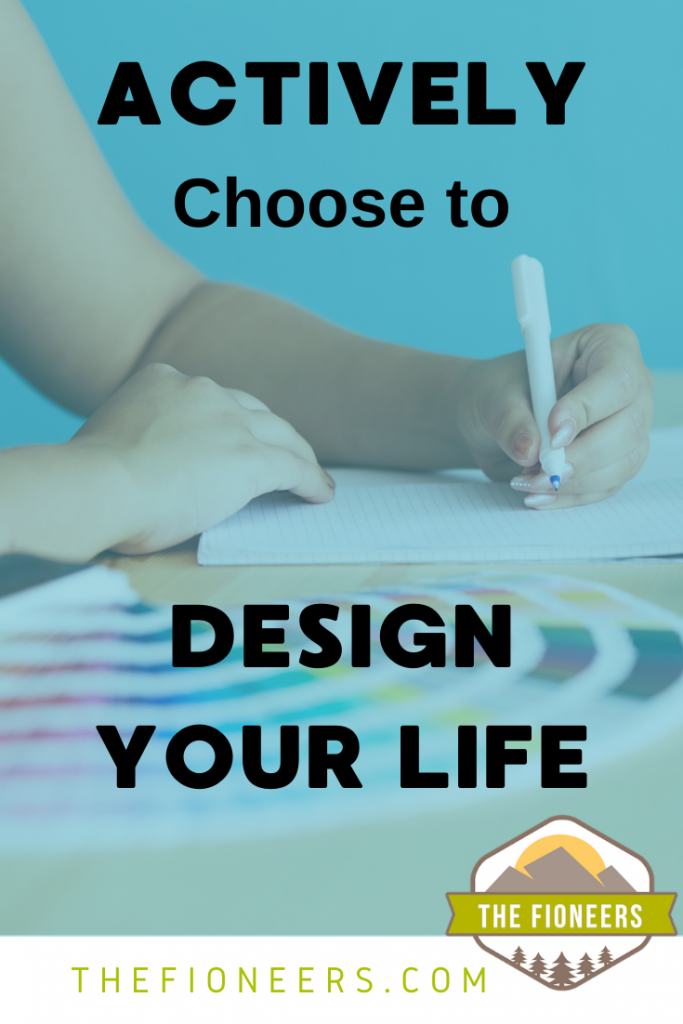
For much of my life, I followed the default path. At some points, I thought I was paving my own path. But, in reality, I was doing a lot of what I should do or I was doing the opposite of what someone else told me I should do.
Growing up, I did everything I was supposed to do:
- I got good grades in school
- I played all the sports
- I played various musical instruments
- I involved in the Christian youth group
- I did plenty of extracurricular activities and volunteering
I went straight to college after graduating high school. I thought I was being my own person because I decided to go to school 700 miles away from home.
I wanted to have an extraordinary life. I tried to get a job in international development work after I graduated. Corey and I went and taught English in Nicaragua right after graduating, but that was short-lived. After getting extremely sick (I lost 30 pounds over 3 months), we needed to return back to the United States.
Our foray into designing an extraordinary life didn’t go as planned.
Then, we were thrust into full adulthood. We needed jobs that could pay our bills while living in the New York City metro area. Quickly, our lives became a conventional story.
We both started careers where we worked 40+ hours/week. Life was hard. We were living on a very austere budget. Sure, we were working in nonprofits. But, besides the tax-status of the employer, there is little difference in the day-to-day work and job requirements.
Gradually, we realized that we were no longer measuring our success by the extraordinariness of our life. In our new world, the currency of success was measured in raises and promotions.
As we got more ingrained in the ethos of the standard path, we began to lose our ability to dream big about an extraordinary life. It wasn’t possible, we told ourselves. We just needed to be grateful that we had jobs and try to see the silver lining of a situation we didn’t like. There was little we could do to change our path. Or, so we thought.
Until 2018, I had accepted that I would have a mediocre life on the path of shoulds. I didn’t even know what I wanted or enjoyed anymore.
I was working crazy hours pursuing the promotion because that’s what I should do as a feminist. I should only switch jobs if I found something that paid me more because more money equaled success. If I took a pay cut, I’d not only be a failure, but I’d also be letting down all women who were fighting for equal pay. It was my responsibility to pave the way for other women.
SO MANY SHOULDS.
My whole perspective started to shift in 2018 when I learned about financial independence and, subsequently, lifestyle design.
I was amazed to find people who were actually loving their lives. They were creating their own definitions of success. To them, it didn’t matter what other people told them they should do. They were going to determine exactly what they wanted and make it happen.
I was even more inspired by lifestyle designers who didn’t believe they needed to wait to reach financial independence to design a life they loved. They still needed to generate income, and yet, they were figuring out how to structure their lives to do what they truly wanted anyways.
There were even people who loved their work. That was something I couldn’t even fathom. For me, work had always felt like something to be endured.
So many people were figuring out what they uniquely wanted (not what they should want) and taking intentional steps toward that vision.
That’s what it means to design your life.
What is Lifestyle Design?
I actually prefer to think of lifestyle design as an action or an identity. I want to be in the process of designing a life that I love. I want to be a lifestyle designer.
When learning about lifestyle design, it was helpful for me to breakdown the phrase into its component parts.
What is Lifestyle?
To come up with a definition, I looked up lifestyle in a variety of dictionaries. All the definitions agreed that a lifestyle is someone’s typical way of living.
Our lifestyle can be found in the patterns of what we habitually do. It’s the way we habitually spend our life’s currency: our money, our time, and our energy.
I like to think of lifestyle holistically. This means that our lifestyle includes all the different areas of our lives:
- Work
- Finances
- Fun and play
- Growth and learning
- Relationships and love
- Mental and Physical well-being
Here’s what I would propose as a comprehensive definition of lifestyle.
Your lifestyle is the sum total of your decisions for how you habitually spend your time, energy, and money. These are the currency by which you communicate what is most important to you.
What is Design?
Since our lives are one of the most important things that we will ever design, I didn’t want to use just any definition of design.
I wanted to know:
- How do the best designers in the world define it?
- How do they approach the design process?
To the best designers in the world, design is an action. In fact, it’s a whole process and way of thinking which they refer to as “Design Thinking.”
According to the Interaction Design Foundation, design thinking is “an interactive process in which we seek to understand the user, challenge assumptions, and redefine problems in an attempt to identify alternative strategies and solutions that might not be instantly apparent with our initial level of understanding.”
Let’s unpack that.
First, I want to note that the design process is an interactive learning process. So, when you are designing something, this includes:
- Building a deep understanding of the person that the design will benefit
- Challenging assumptions that you or they might have
- Redefining problems
- Identifying alternative strategies and solutions
- Experimenting, testing, and getting feedback all along the way so that the process is truly interactive.
Doing these things will help you to generate novel solutions that might not be apparent when you start the process.
What is Lifestyle Design?
So, this brings us to the culminating question: What is lifestyle design?
Based on the definitions above, I would say that you are intentionally designing your life when you:
- Seek to understand who you are, what you value, and what you really want.
- Challenge your assumptions about what you should do, who you should be, and what’s possible.
- Craft your own unique definition of success and determine what that means for how you want to spend your time, energy, and money.
- Brainstorm a variety of options for ways that you could achieve this definition of success that would be uniquely fulfilling for you. (To be clear, there’s way more than one!)
- Determine ways you can close the gap between the life you have and the life you want.
- Experiment with different options to see which options you truly want to pursue.
- Take an iterative approach and use what you learn to redefine who you are and what you want to do.
That’s the definition if we take design as an action. Now, let’s look at it as part of our identity.
You are a lifestyle designer when you work toward living every aspect of your life with intention and in alignment with your values. Lifestyle designers seek to find the right balance between everything that is important to them. Lifestyle designers focus on learning and experimentation to redefine their goals and path.
When we don’t see lifestyle design in terms of continuous action, anything can be a lifestyle design.
Technically, working 40+ hours/week for 40+ years is a lifestyle design. But, unless you are intentionally choosing that lifestyle for yourself, you are not designing your life. You are not a lifestyle designer.
In fact, one of my favorite articles of all time is about this concept. It’s called “Your Lifestyle has Already Been Designed” by David Cain on Raptitude. If you don’t choose to actively design a life that you love, you are essentially choosing the default.
Examples of Lifestyle Designs
Many people in the financial independence community believe that they need to retire early to design their life. I disagree. Financial freedom is not all or nothing.
Here is a list of a few potential lifestyle designs:
- You could find a job you actually enjoy.
- You could negotiate more flexibility at work, such as: working from home part- or full-time, or negotiating a flexible schedule like 40 hours in 4 days/week.
- You could reduce the number of hours you work by choosing to work part-time or seasonally.
- You could become self-employed by starting your own business or by doing freelance or contract work.
- You could become a digital nomad and travel around the country in an RV or backpack around the world. If you are self-employed or have a full-time remote work arrangement, you simply need an internet connection.
- You could take a sabbatical, a mini-retirement, or a career break (or multiple) to follow different dreams that you have or to test out different options.
- You could live a semi-retired lifestyle where you only need to cover part of your cost of living with active income.
- You could retire and never earn another dollar.
I see financial freedom on a spectrum. Different lifestyle design options become available to you as you gain more financial freedom.
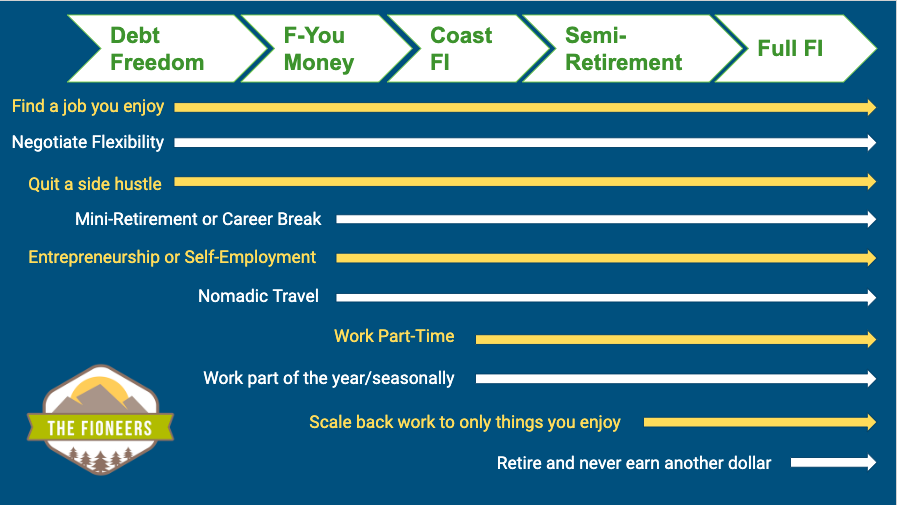
The only lifestyle design that isn’t available to you until you reach full FI is to retire early and never earn another dollar. Every other lifestyle design is available at an earlier stage.
How to Get Started Designing Your Life
We all have a defining moment in our lives where we’re no longer willing to put up with the status quo.
My defining moment was in 2018. I worked in a toxic work environment, and I started experiencing severe anxiety and panic attacks.
Your defining moment doesn’t need to be quite so dramatic. In fact, I hope that it isn’t.
Maybe you get passed over for a promotion, and it becomes clear that your hard work is not appreciated. Or, you find yourself feeling depressed, unhappy, and consistently wishing you were doing something different. Maybe you are starting to feel burned out and have realized that something has got to give. Or, perhaps, you’ve simply seen examples of other people doing cool things and want to do the same!
Regardless of your motivation to design your life, the process is the same.
There are three cyclical stages within this process:
- You identify the elements of your ideal life
- You dream big about what the future could hold
- You experiment and adjust your course based on what you learn (and use what you learn to refine the elements of your ideal life and what you want to try).

1. Identify the Elements of Your Ideal Life
Within the first stage of lifestyle design, you need to build a deep understanding of who you are and what matters to you.
This involves understanding:
- The activities, projects, conversations, and types of work that bring you joy.
- Your core motivations, values, and what will give you a sense of purpose
- Your unique nature (your strengths, your limitations, your personality, the environments in which you thrive) to make life work for you
There are many strategies to gain a deeper understanding of who you are and what you want in life. The main strategies for this are building:
- Mindfulness skills through journaling or meditation
- Reflection on a variety of things like your ideal day and your peak experiences
- Experimentation with adding, subtracting, or adjusting different things in your life to see what brings you joy and energizes you.
If you’d like to dive deeper, I’d encourage you to check out this post about how to identify the elements of your ideal life.
2. Dream Big about What the Future Holds
There are a number of things that can help you to dream big.
This stage of lifestyle design includes:
- Learning about different types of lifestyle designs and types of work that people are doing, so that you can expand on what you previously thought was possible
- Opening yourself up to brainstorming and possibilities through a variety of strategies that help to sideline your inner critic.
- Based on the most exciting ideas, create a variety of potential plans that would allow you to feel happy, fulfilled, and in alignment with your ideal life. This allows you to have multiple options to experiment with.
It’s incredibly challenging to dream big on your own. This is why it is so important to embed yourself in the context of a supportive community. They can affirm your ideas, brainstorm bigger and crazier ideas than you would have ever thought possible, and help you to see that things are actually possible.
3. Experiment and Adjust
Once you’ve created a variety of potential options that you could explore, you then start to ask questions about them.
Some good questions to ask are:
- Would I actually enjoy this?
- What would this actually look like on a day-to-day basis?
- What resources (time, energy, and money) are required to do something like this?
- How do people make money doing this?
- Would this eventually provide a full-time income? Do I need it to?
- How do you actually go about getting started doing something like this?
Once you have your list of questions, then you start figuring out ways that you can answer those questions. This is where experimentation comes in.
- Can you have a conversation with someone?
- Can you observe someone who does something similar?
- Can you determine a “scaled-down” way to test it? This could be considered a beta test, or it could be even a pre-beta test.
One reason why experimentation is valuable is that it provides us with a venue to work through our limiting beliefs in a low-stakes way. It’s very likely that similar limiting beliefs will come up whenever you do something new, regardless of its size.
Working through our limiting beliefs with smaller actions allows us to build confidence over time. It also allows us to build the skills (and community) that we’ll need as we start taking bigger steps toward our long-term goals.
I recently created a Guide to Identifying Your Limiting Beliefs. I’d encourage you to check it out. When you download the guide, you’ll also receive a bonus 5-day email course with everything you need to know to start identifying your own limiting beliefs.
Experimentation also helps us to learn more about what we enjoy and what we want in our lives. We can then adjust the course as we go.
Pretty soon, each step will start to feel like the right logical next step, rather than one large and scary leap.
My Experience Designing My Life
When I first started on my lifestyle design journey, I was casting about looking for a whole variety of tools and resources to inform my journey. I spent the better part of a year journaling, reflecting on various prompts, and figuring out what I wanted.
I read a variety of books, such as Designing Your Life, The Desire Map, The Art of Non-Conformity, The 4-Hour Workweek, The Happiness of Pursuit, Work Optional, The Subtle Art of Not Giving a F*ck, and so many more.
I had ideas, but I still felt like I was “playing small.”
In 2019, I participated in a group process focused on lifestyle design. Finally, there was a structure and process to bring together my wide variety of ideas and perspectives.
Being part of a supportive community helped me to dream bigger. You know you’ve found a great group when they ask questions like, “Could you dream bigger?” Or, when you say things like, “Well, I could probably never do this or at least not for a long time” and then share an idea, and the group simply asks, “Why not?”
This is what my group experience was like. I came to the group with what I thought was a far-fetched dream of starting a coaching business. When they took my idea seriously, I started to believe it was possible. They helped me brainstorm bigger ideas, work through limiting beliefs, and provided encouragement.
I experimented with planning meet-ups and workshops. I started applying my facilitation and training skills (that I had learned in an HR setting) to my own projects. I realized that I enjoyed it, and started taking bigger and bigger steps.
A clear process with a supportive community was clutch. Two years ago, I could never have imagined that I’d be a full-time entrepreneur with a life I truly love.
Lifestyle Design is Challenging But Worth It
Lifestyle design does not come without its challenges. It requires a lot of discipline to learn more about who you are and what you want. It also requires courage to step out of your comfort zone, dream big, try new things, and work through the mental barriers that could hold us back.
When being a lifestyle designer becomes part of your identity, you will know that all the time and effort was worth it. As a lifestyle designer, you will consistently work toward living your life with intention, in alignment with your values, and with the right balance.
Your life will never be the same. As they might say, “the juice is worth the squeeze.”
If this resonates with you, I’d encourage you to check out my lifestyle design group coaching program called Design a Life You Love. I’m currently running programs and will be reopening enrollment in a few months. If you’d like to be the first to hear about new opportunities, I’d encourage you to join the waitlist.

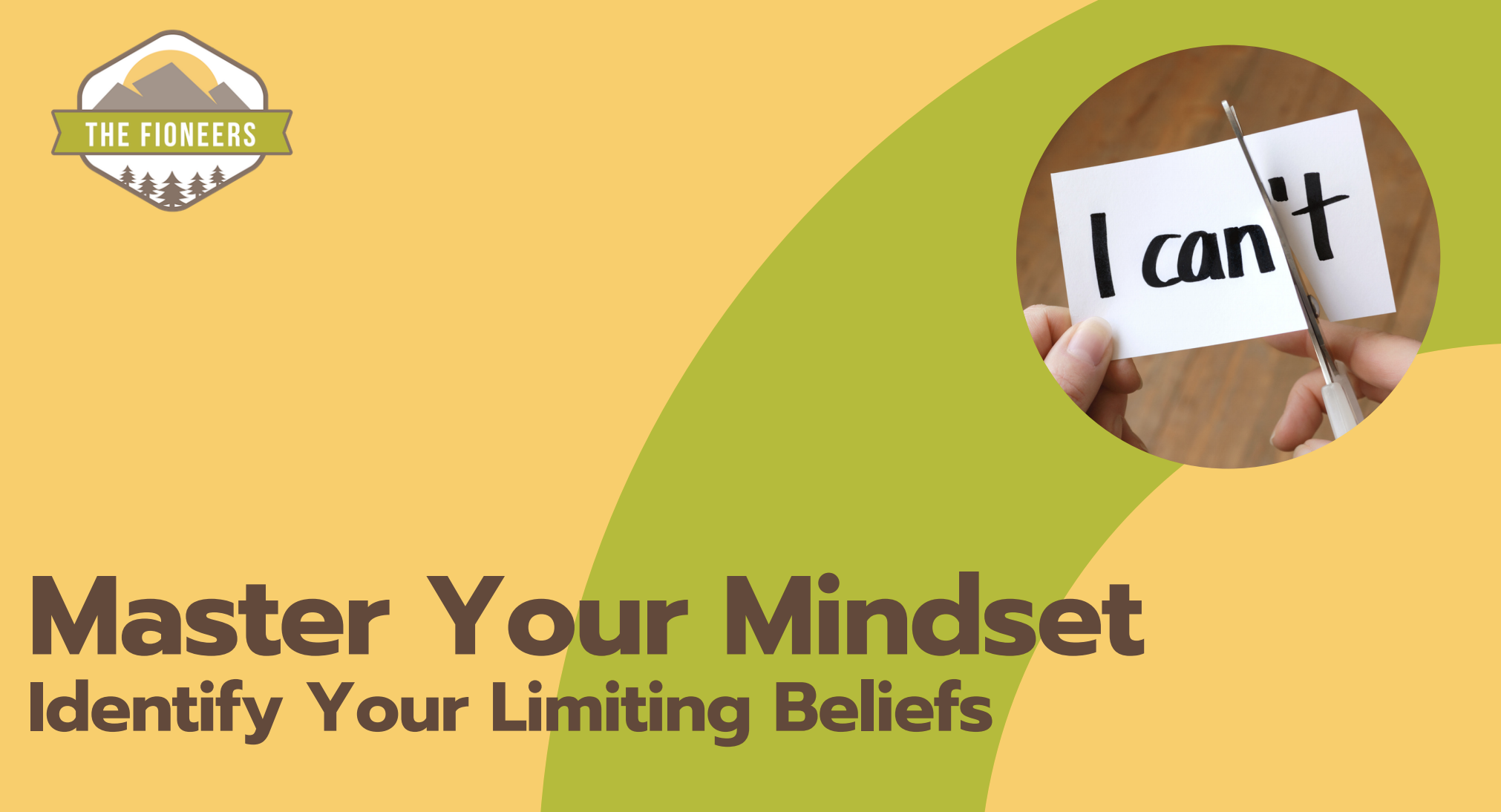
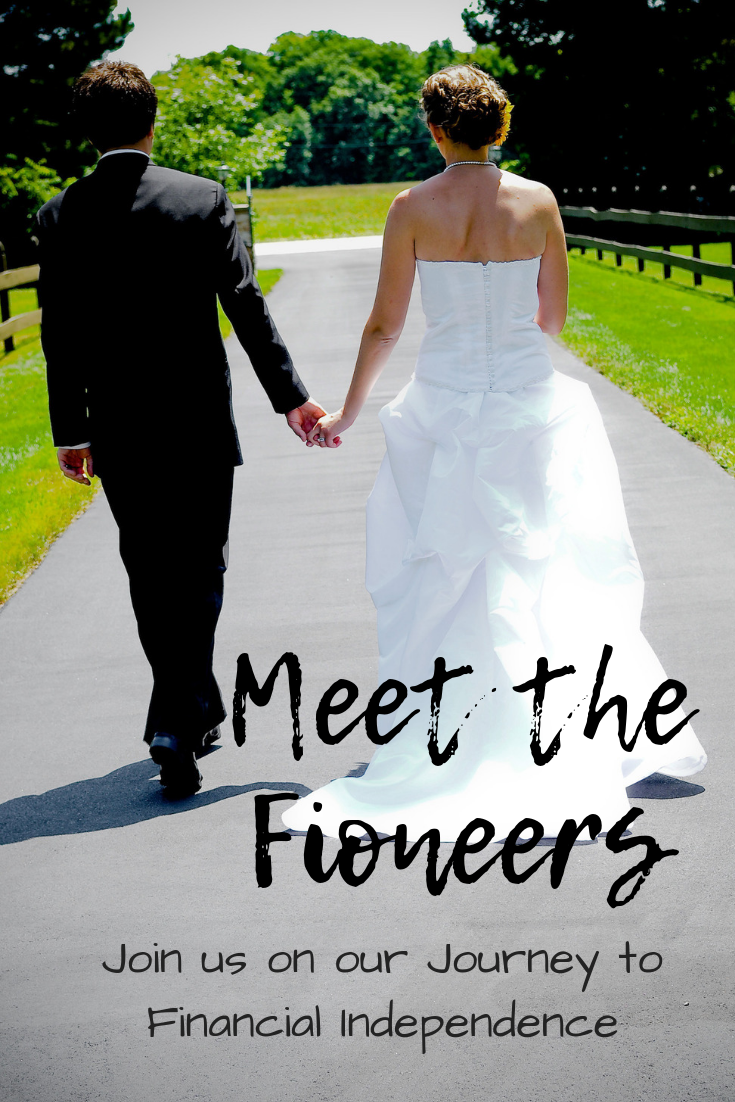
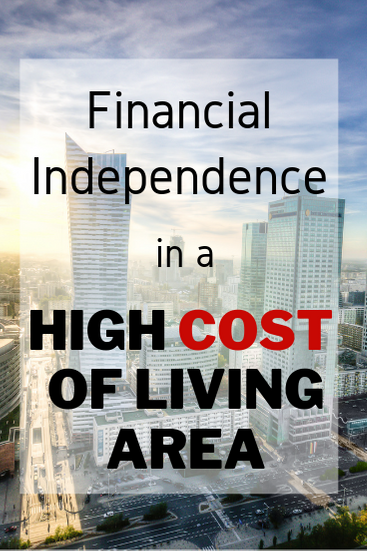
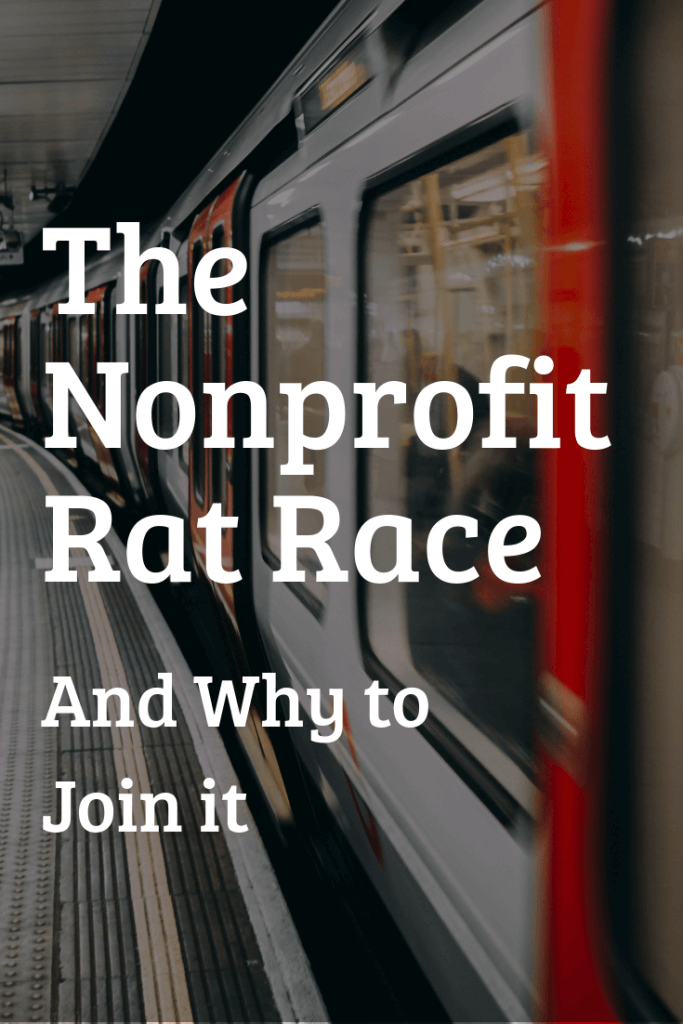
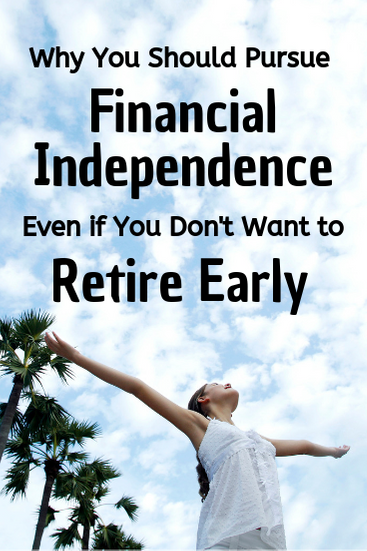
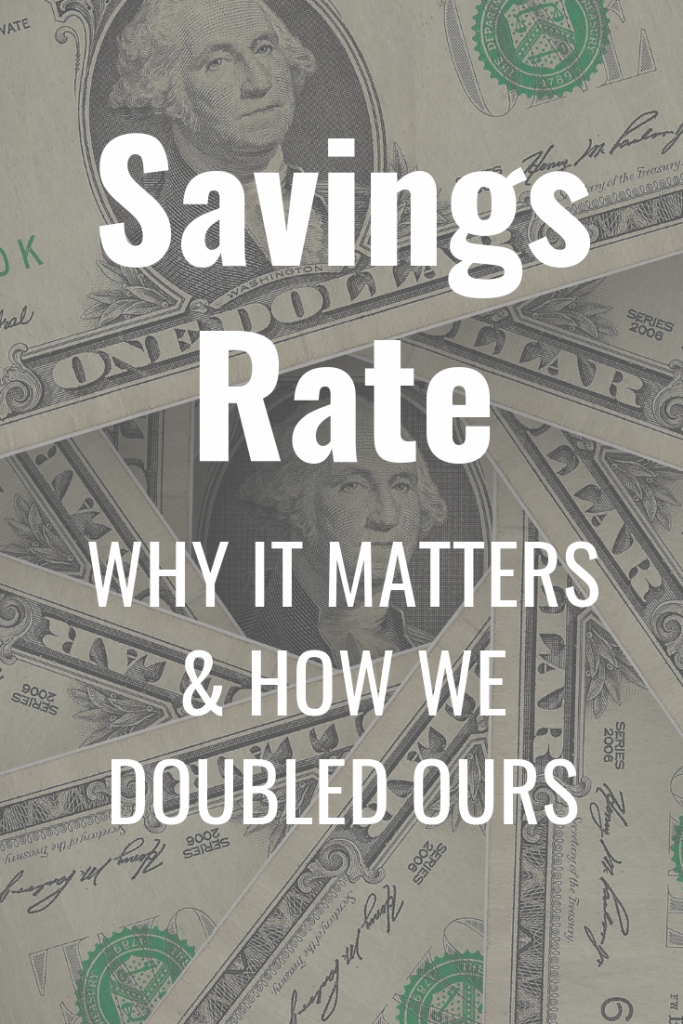
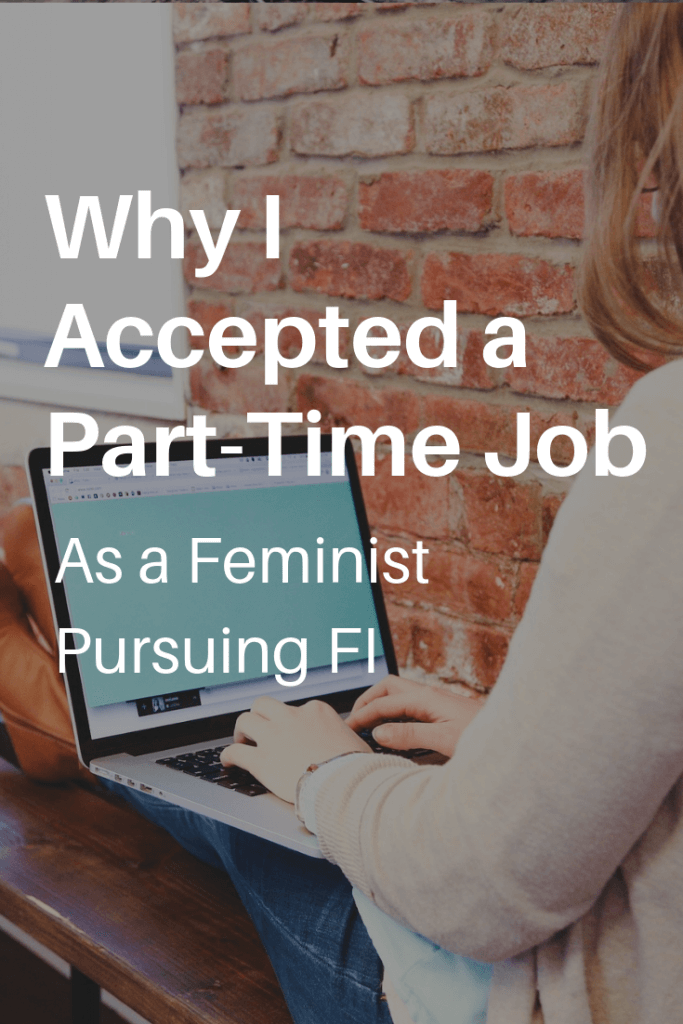
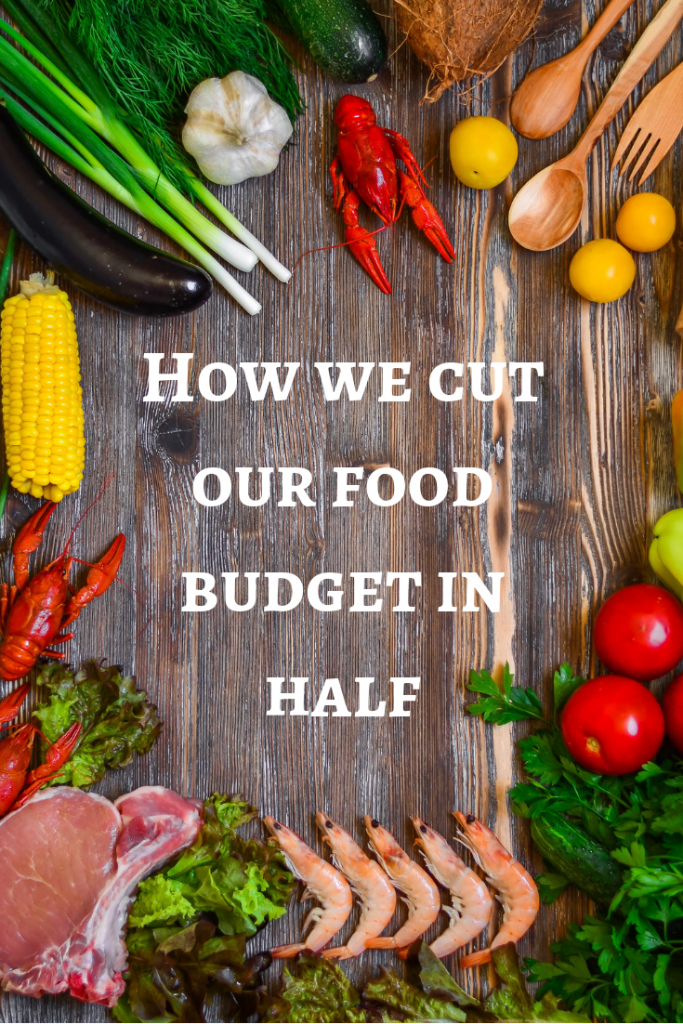
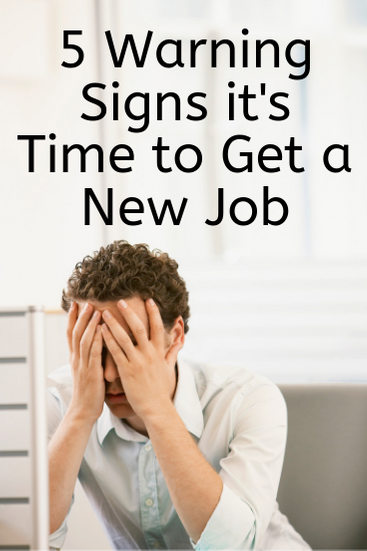

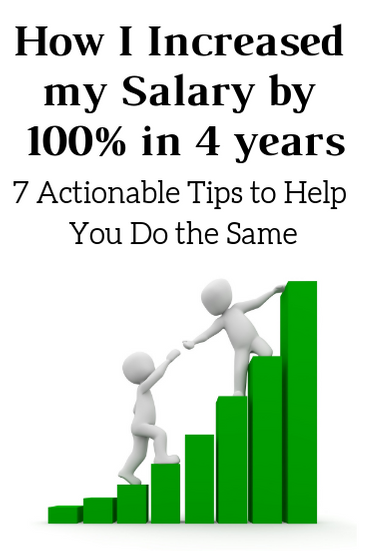
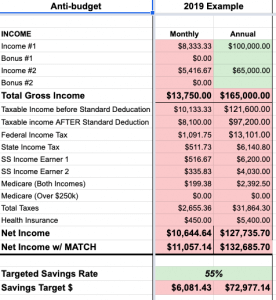

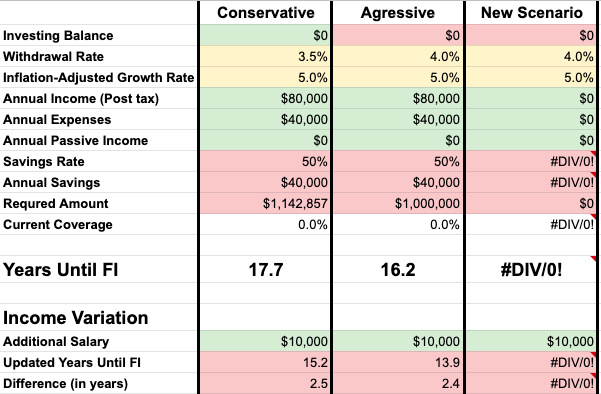
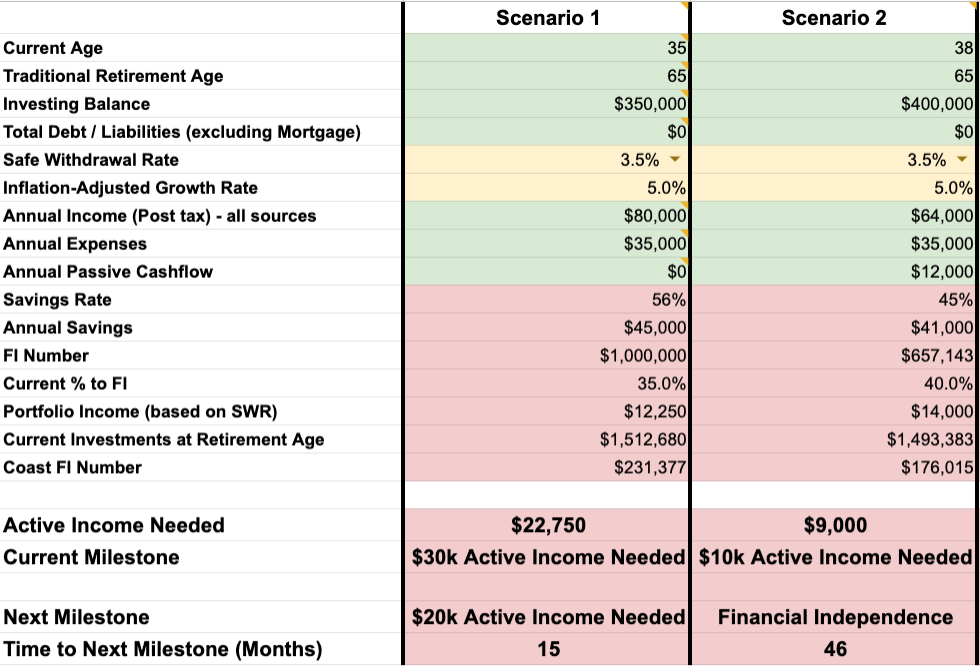
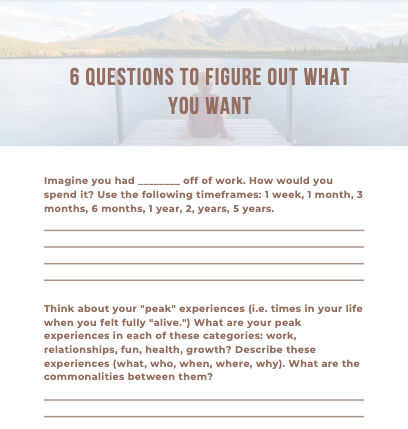
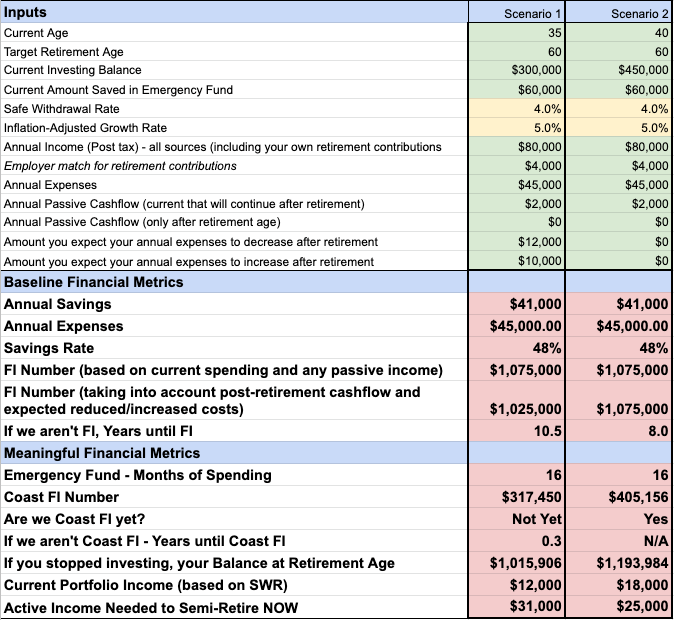
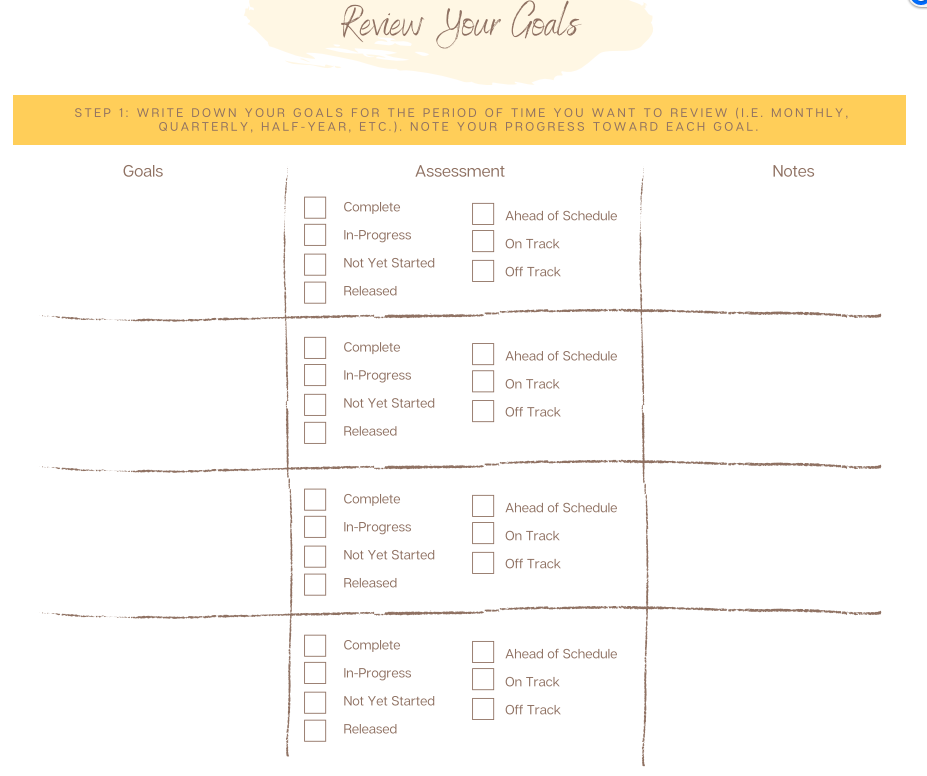
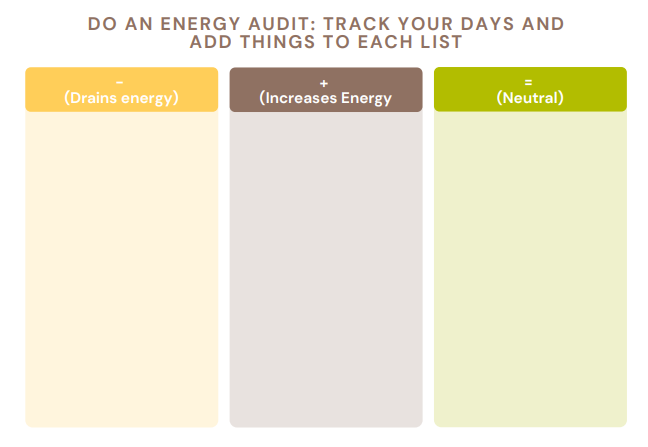
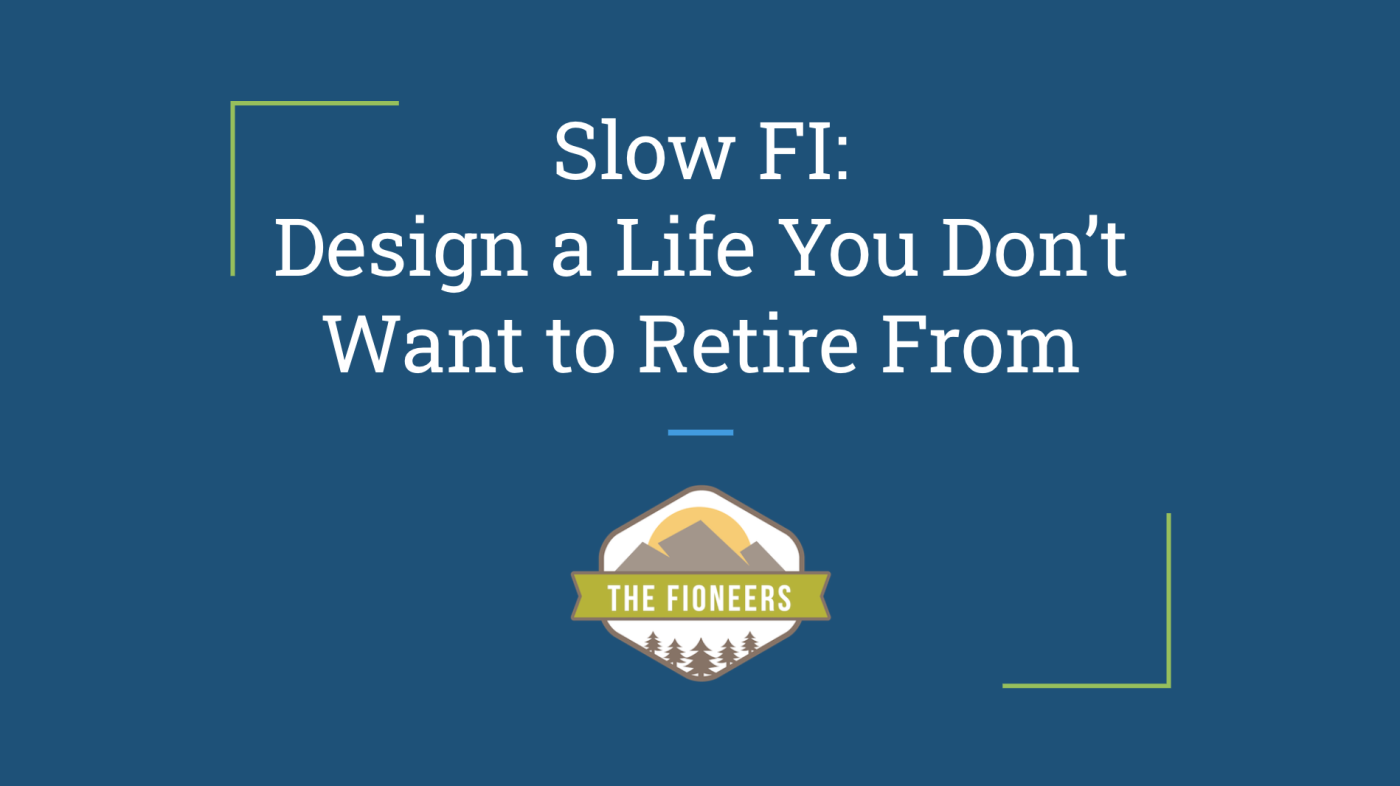
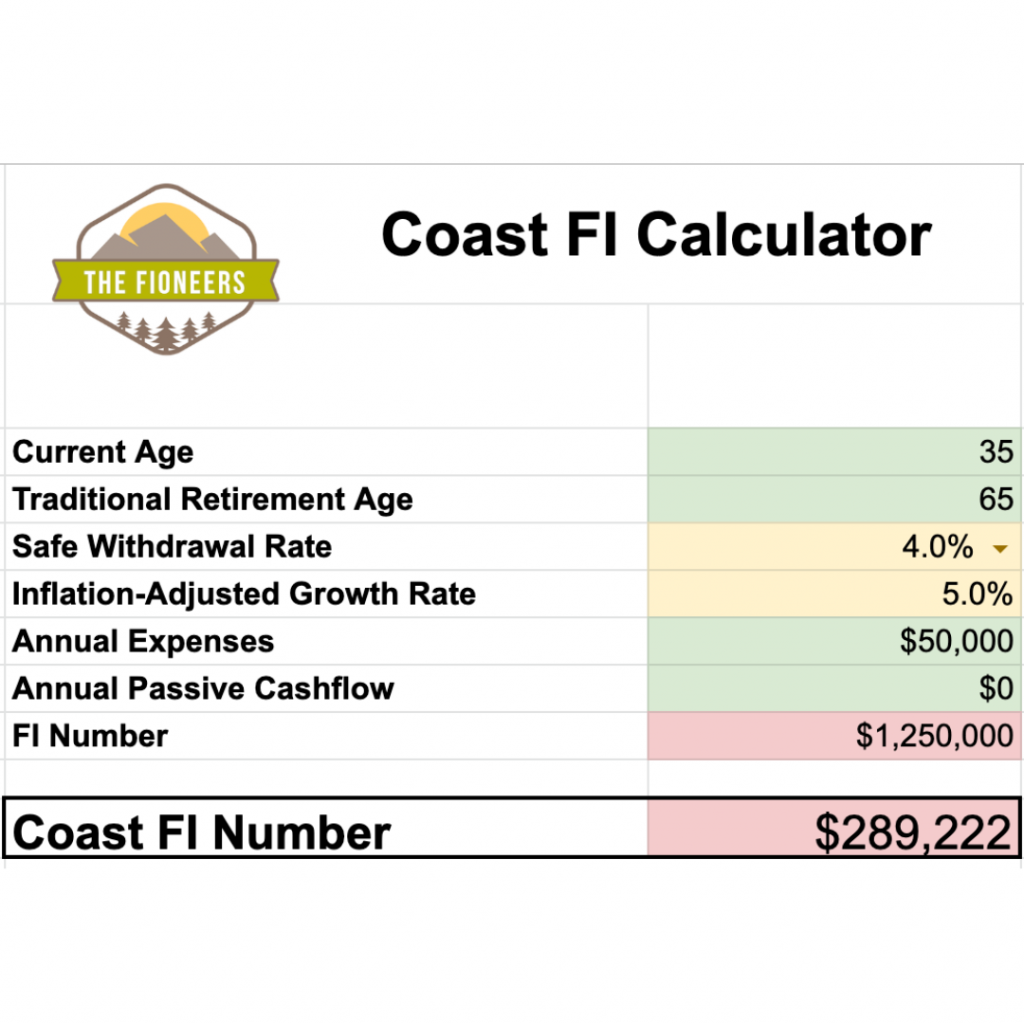



One of the reasons why 99% will forever be the 99% is because they repeat the same mantra that the other 99% of people say. “Go to college, get good grades, get a good job”. Boom. That’s it.
I regret focusing so much of my time in school. In hindsight that was the wrong move to take and I shouldn’t have done that. There are side hustles to take and so many more interesting things to do outside of school / work.
I wish I found personal finance blogs in my high school years.
Hi David,
I didn’t find FI until I was 30. Honestly, I think most people will never design their lives, so figuring out that you want to at any age is amazing!
Jess